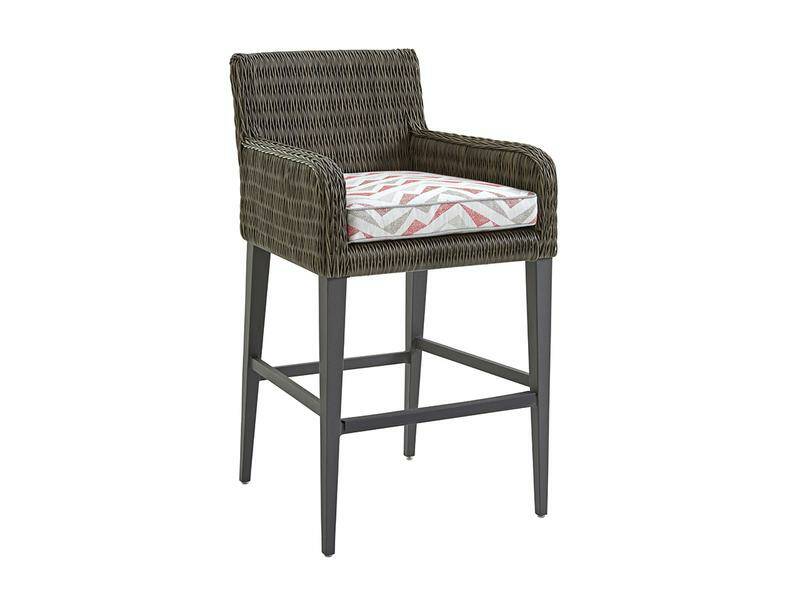
When you know about the height, fabric, finish, material and the way many bar stools can suit your particular installation before hitting the stores, it can greatly enhance your bar stool shopping experience. Many of us expect to seek out just a couple of sorts of bar stools and are surprised at the thousands of options available. This text should assist you in selecting the right butera bar stool for your home or business.
- Height. Know What Height you would like.
Several people require either a 26" or a 30" bar stool. If the counter you would like to furnish is 36" high, you'll require a 24 or 26 inch stool. Several traditional kitchen counters are 35-37 inches in their height. Suppose you've got a typical slide-in cook top, standard dishwasher or other standard-sized appliances that are leveled together with your counter tops. In that case, likelihood is that you've got a typical height counter top.
- Arms or Armless, Back or Backless?
Stools that will be utilized in the best frequent manner or for long periods of your time (dining, game rooms, commercial bars, and others.) should typically include arms AND backs to extend comfort and reduce the stress on your back and shoulders.
If your horizontal (floor space) is restricted, you'll choose armless. Arms generally add 3 to six inches to the general width of one bar stool and may add up to 18" in breadth on just 3 bar stools. (See "How Many Do I Need?)
- What percentage do I Require?
Several new residences and apartments along with a raised counter are framed to accommodate 3 bar stools. As a rule of thumb, it allows 24" from the middle of 1 seat to the middle of subsequent seat. A 6 foot long counter can generally be accommodating the 3 stools. This certainly depends on the measurements of the actual stool during which you're interested. You'll always buy an additional and use it for extra guests.
- Metal or Wood?
This is an honest question. If you ask 10 retailers, you will get 10 responses. In my opinion, wood bar stools are susceptible to problems not encountered with welded ingot stools. Thanks to the soft nature of wood (when compared to steel), screws and joints tend to return loose over the time- mainly with the wood with arms. The constant outward force on the arms can loosen the attachment points leading to a loose feel.
- Price...What is the cost involved?
You can easily buy a bar stool for as little as $9. Typically bar stools but $100 is "RTA" or "Ready to Assemble". This suggests that the bar stool must be bolted together by the customer. Using as many as FIFTY (yes, I once sold a stool that required 50 bolts) bolts, legs must be attached, seats must be attached, arms, back, seat frame, etc. Every bolt wont to assemble a bar stool may be a potential problem. Everyday use will loosen bolts over time leading to a potentially dangerous situation if you are doing not periodically check the tightness of all the bolts.
Create Your Own Website With Webador